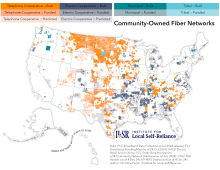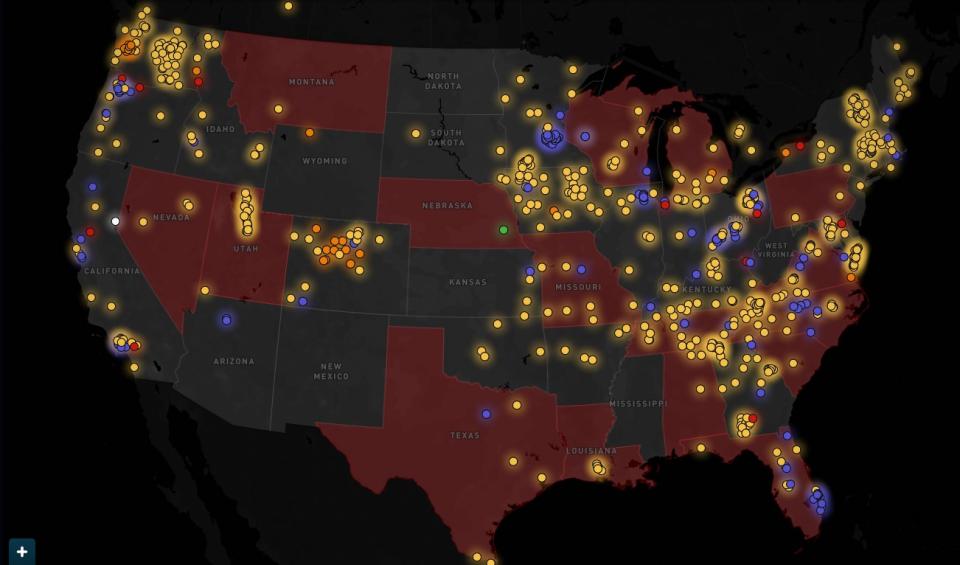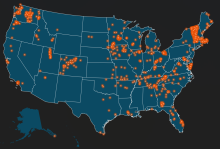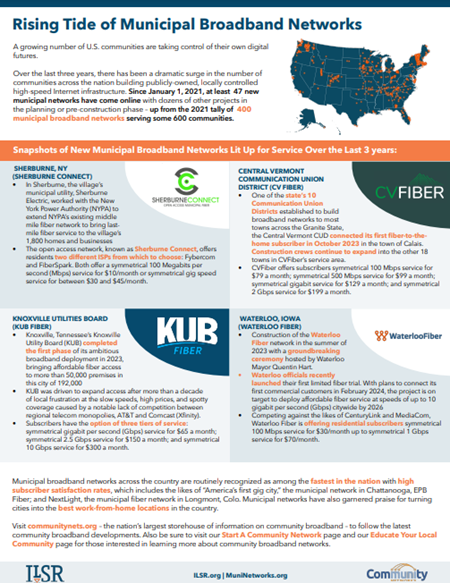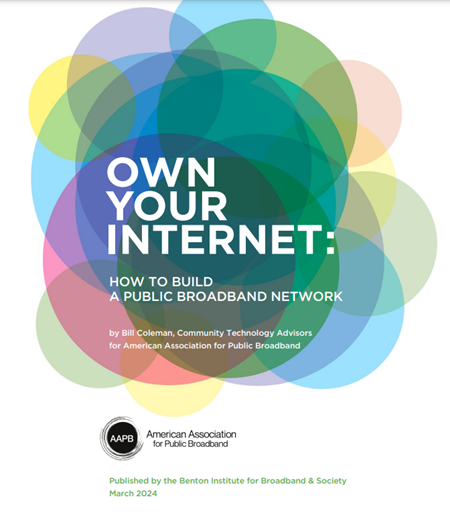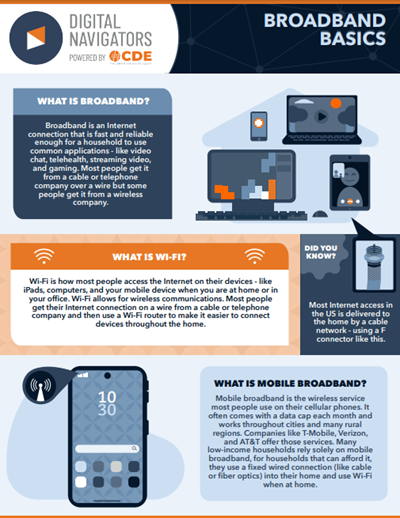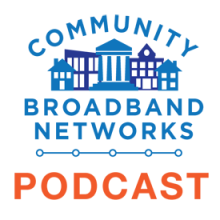New Ideas in Competition Policy

A new report out from Vanderbilt University's Policy Accelerator re-emphasizes some of the important steps federal government agencies could take to make sure that upcoming Broadband Equity, Access, and Deployment (BEAD) funding is used as efficiently and equitably as possible.
New Ideas in Competition Policy covers ground beyond the broadband space - including agriculture, commerce, energy, and more - but authors Ramsay Eyre and Ganesh Sitaraman hit again some of the important and well-trod ground. Among them, they argue that:
- NTIA should remove the letter of credit (LOC) requirement for participating in BEAD entirely, as it is a barrier for new and smaller entrants.
- NTIA should consider all Rural Digital Opportunity Fund (RDOF) areas as eligible for BEAD funding, given the number and level of defaulting the program as seen.
- NTIA should effect a rulemaking that takes a strong stance against state municipal preemption laws, either by refusing final proposals from those states or issue a rule preempting these laws itself.
The Vanderbilt Policy Accelerator conducts research and writes about markets of all different shapes around the United States.


